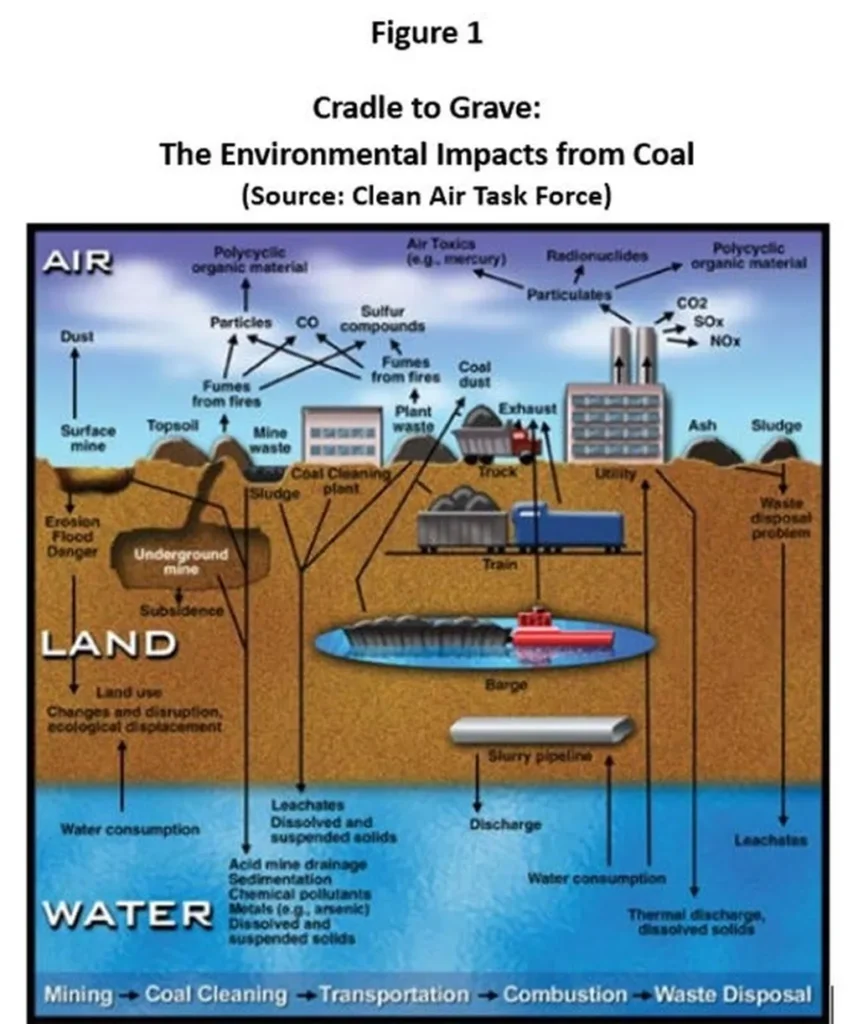In the quest for sustainable and cost-effective solutions to groundwater contamination, researchers have turned to an unconventional yet promising material: natural brown coal (BC). A recent study published in the *Journal of Groundwater Science and Engineering* (or *Journal of Groundwater Science and Engineering* in English) explores the potential of BC as an adsorbent for removing manganese (Mn2+) from contaminated groundwater. The research, led by Obiri-Nyarko F. of the Groundwater and Geoscience Division at the CSIR-Water Research Institute in Accra, Ghana, offers insights into the operational parameters and mechanisms that make BC a viable option for water treatment.
The study’s findings are particularly relevant to the energy sector, where groundwater contamination can pose significant challenges to operations and compliance with environmental regulations. “Our research demonstrates that natural brown coal can be an efficient and reusable adsorbent for manganese removal,” said Obiri-Nyarko. “This could have substantial commercial implications for industries dealing with groundwater contamination, providing a sustainable and cost-effective solution.”
The research involved a series of batch adsorption experiments to assess the influence of various operational parameters on Mn2+ removal efficiency. Key factors such as solution pH, initial Mn2+ concentration, BC dosage, temperature, and the presence of competing ions were carefully evaluated. The study found that Mn2+ removal efficiency increased with higher pH, temperature, and BC dosage but declined at elevated initial Mn2+ concentrations due to active site saturation.
One of the most compelling aspects of the study is its focus on the environmental compatibility and regeneration potential of BC. The researchers found that BC maintained over 80% removal efficiency across four adsorption–desorption cycles without evidence of secondary pollutants. This reusability is a significant advantage for commercial applications, as it reduces the need for frequent replacement of adsorbents and lowers overall treatment costs.
The study also delved into the underlying mechanisms of Mn2+ uptake. Geochemical modeling and comprehensive BC characterization revealed that chemisorption, primarily through ion exchange and inner-sphere complexation, was the dominant mode of Mn2+ uptake. “Understanding these mechanisms is crucial for optimizing the use of BC in real-world applications,” explained Obiri-Nyarko. “It allows us to tailor the treatment process to specific environmental conditions and maximize efficiency.”
The presence of competing cations, especially Fe3+ and Cu2+, was found to significantly hinder Mn2+ removal due to preferential binding. This insight is valuable for industries operating in areas with complex groundwater compositions, as it highlights the need for careful consideration of competing ions in the treatment process.
The study’s findings have broader implications for the energy sector, where groundwater contamination can impact operations and regulatory compliance. By providing a sustainable and cost-effective solution for manganese removal, natural brown coal could become a key player in the water treatment industry. “This research opens up new possibilities for using locally available materials to address environmental challenges,” said Obiri-Nyarko. “It’s a step towards more sustainable and economically viable solutions for groundwater treatment.”
As the energy sector continues to grapple with the challenges of groundwater contamination, the findings of this study offer a promising avenue for exploration. By leveraging the unique properties of natural brown coal, industries can achieve more efficient and environmentally friendly water treatment processes. The study’s insights into the operational parameters and mechanisms of Mn2+ uptake provide a solid foundation for further research and development in this area.
In conclusion, the research led by Obiri-Nyarko F. and published in the *Journal of Groundwater Science and Engineering* sheds light on the potential of natural brown coal as an adsorbent for manganese removal from contaminated groundwater. The study’s findings have significant implications for the energy sector, offering a sustainable and cost-effective solution to a pressing environmental challenge. As the industry continues to evolve, the insights gained from this research will undoubtedly shape future developments in the field of groundwater treatment.

